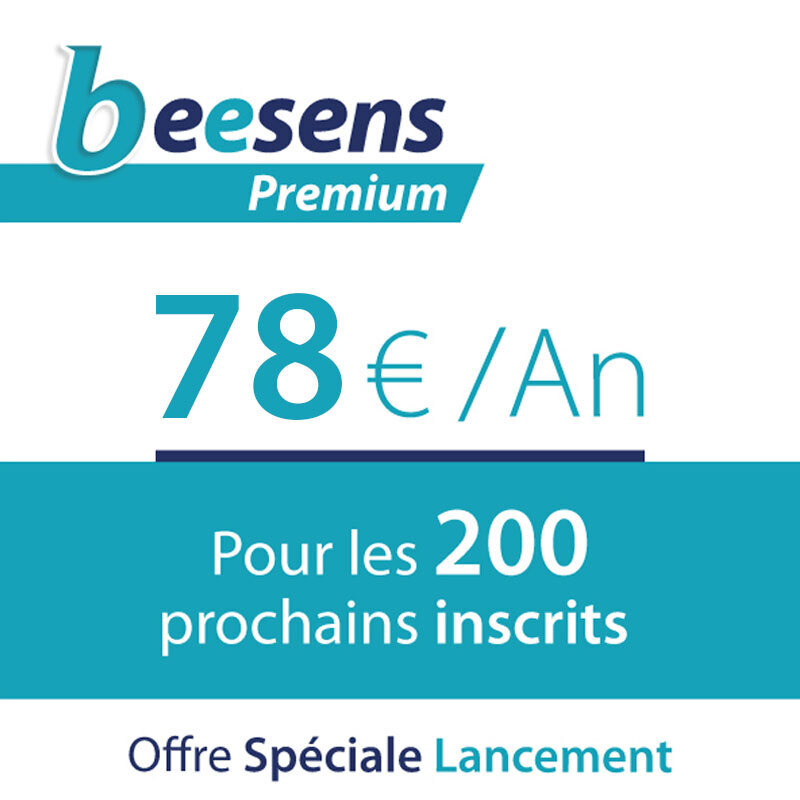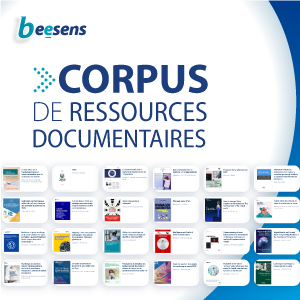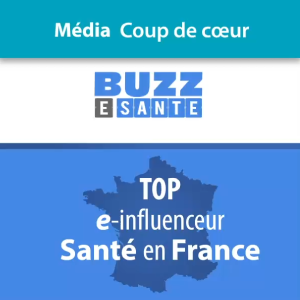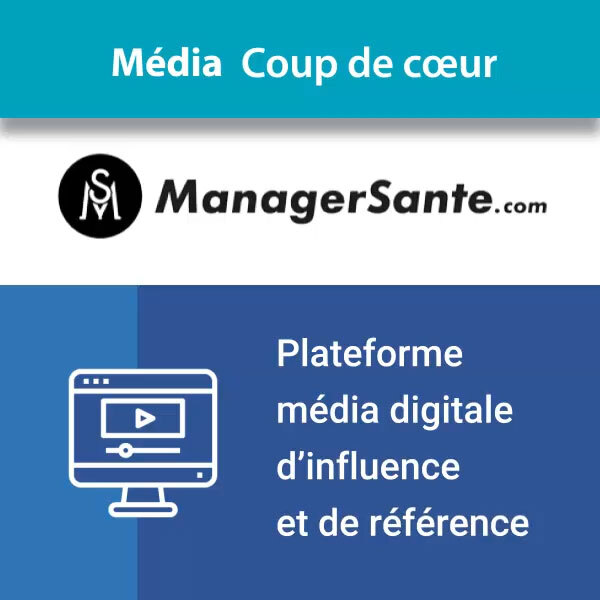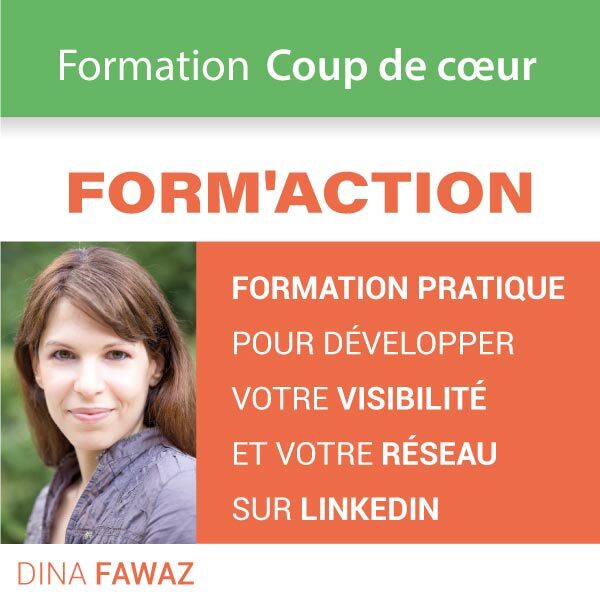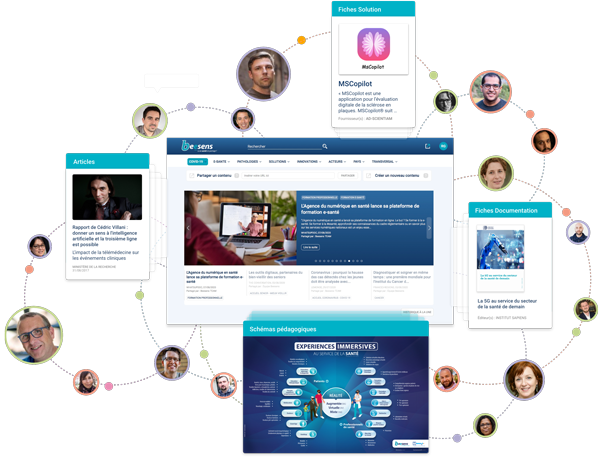"As digital therapeutics (DTx), a key use case of digital health innovation, makes headway in the US, how the EU will integrate and reimburse DTx is of strategic importance to healthcare. At the annual Frontiers Health conference, the status of DTx in Europe and the possible establishment of a pan European reimbursement framework was a featured topic.
In 2019, Germany one-upped the European digital health movement with DiGA, a go-to-market process, that paved the way for the reimbursement of digital health applications in Germany. We were surprised, as a community, by how fast the initial DiGA implementation took place, since we are used to the slow pace of change in healthcare and insurance organizations. Since then, more than 20 of the eligible digital health applications have been reimbursed in Germany.
The need for further refinement before templating a DiGA-like process
While the German DiGA Fast Track indeed went fast, as a community of digital health investors, entrepreneurs and policy experts, we observed that the process could be even more effective as a DIGA 2.0. But what do we need to change? Hannes Klöpper, CEO of HelloBetter, shared the challenges his company faced in obtaining a permanent DIGA listing of their Stress and Burnout mental health program and the learnings that we can take away.
The Fast Track in its current form allows for products to be listed either “preliminarily” or “permanently”. Products that apply for preliminary listing have to produce evidence of effectiveness, applying a randomized protocol (RCT), within a ‘grace period’ of 12 to 24 months after theafter the initial listing. To be listed permanently, companies need to provide rigorous RCT evidence upfront – documented in accordance with ISO 14155. A first recommendation would be that these requirements be spelled out in greater detail, so that companies know what to expect. For example the unclear definition of permissible human guidance caused a headache for many companies. Ideally, including a coaching component should be allowed not just for patient security, but also to bolster adherence and efficacy. Moreover, acceptance criteria of a given methodology or therapeutic approach for one application should then, to ensure fair competition, be applied equally to all subsequent applications..."
Lire la suite
From DTx in Germany to a pan-European Approach
HI, 24/11/2021
Partagé par :
Beesens TEAM


